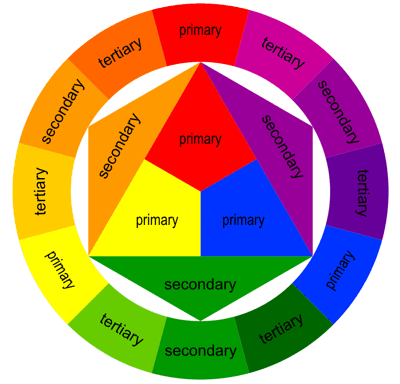Welcome, art enthusiasts! Have you ever walked through a gallery and found yourself puzzling over an artwork, wondering, “What was the artist thinking?” Or perhaps you’ve found deep personal meaning in a piece, only to discover that the artist had something entirely different in mind. This tug-of-war between what creators intend and what we perceive is not just a matter of personal curiosity—it’s a central debate in the world of art criticism.
Today, we’re diving into this delicious debate: Does the true meaning of an artwork reside in the artist’s intentions, or does it blossom in the garden of the audience’s interpretations? Grab your snorkels, folks, because we’re going deep!
The Battle Lines: Intentionalism vs. Reception Theory

Intentionalism holds that an artwork’s meaning is dictated by what the artist meant to express. Those who champion this view argue that understanding an artist’s goals, context, and reasons for creating the work is essential to fully appreciating it. Think of it as a secret recipe that the artist follows—knowing the ingredients and steps should influence how we taste the dish.
Conversely, Reception Theory proposes that it’s the audience that breathes life into art. The meanings of an artwork are shaped by viewers’ interpretations, experiences, and contexts. According to this theory, once the art is out in the world, it’s like a child grown up—it has its own relationships and interactions independent of its creator’s original intentions.
When Paths Diverge: Artists vs. Audiences

Let’s explore some famous instances where the artist’s intent and audience interpretation didn’t quite align:
- Claude Monet’s ‘Impression, Sunrise’: This painting, which gave Impressionism its name, was initially criticized for appearing unfinished. What viewers in 1872 considered sloppy or incomplete was actually Monet’s revolutionary intent to capture fleeting moments and moods through his brush strokes. While Monet aimed to present a new way of visualizing reality, early audiences weren’t ready to see beyond the traditional, detailed brushwork they were accustomed to.
- Marcel Duchamp’s ‘Fountain’: Duchamp’s readymade sculpture, a urinal signed “R. Mutt,” shocked the art world not because of what it depicted, but because of its audacious presentation as art. Duchamp intended to challenge the very definition of art, pushing the boundaries of conventional aesthetics and questioning the role of artistic creation. Meanwhile, audiences (and critics) have interpreted it variously as a statement on the absurdity of art institutions, a joke in material form, or a commentary on the gendered nature of art.
Implications of the Divide

This divergence between intent and interpretation can significantly enrich the experience of art, offering multiple layers of meaning that can coexist. It invites a dynamic interaction between the artist and the audience, where each viewer’s personal experiences and cultural background play a role in shaping the artwork’s significance. This interaction ensures that art remains a living, evolving conversation rather than a static message to be simply received.
Embracing the Multiplicity

Understanding the interplay between an artist’s intentions and audience interpretations encourages us to approach art with an open mind and a respectful curiosity about others’ perspectives. It teaches us that art is not just about looking or seeing but about discussing, sharing, and sometimes even disagreeing. That’s where its true beauty lies.
So, the next time you stand before a piece of art, remember: there’s more than one way to see what’s in front of you. Whether you’re peering through the lens of the artist’s biography, your own life experiences, or a mix of both, you’re participating in the grand, ongoing dance of creation and interpretation that makes art endlessly fascinating. Let’s keep the conversation going!
















